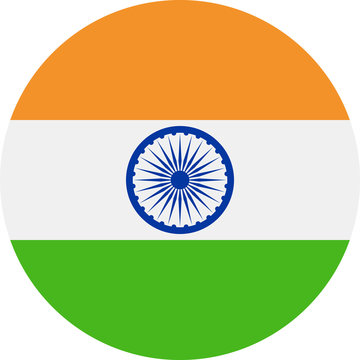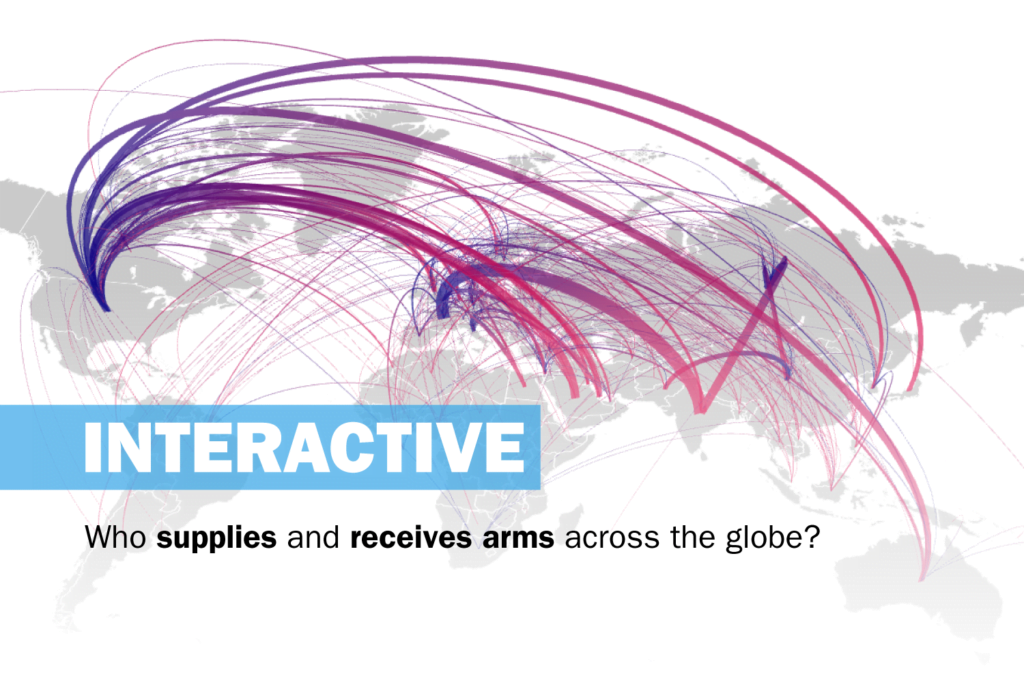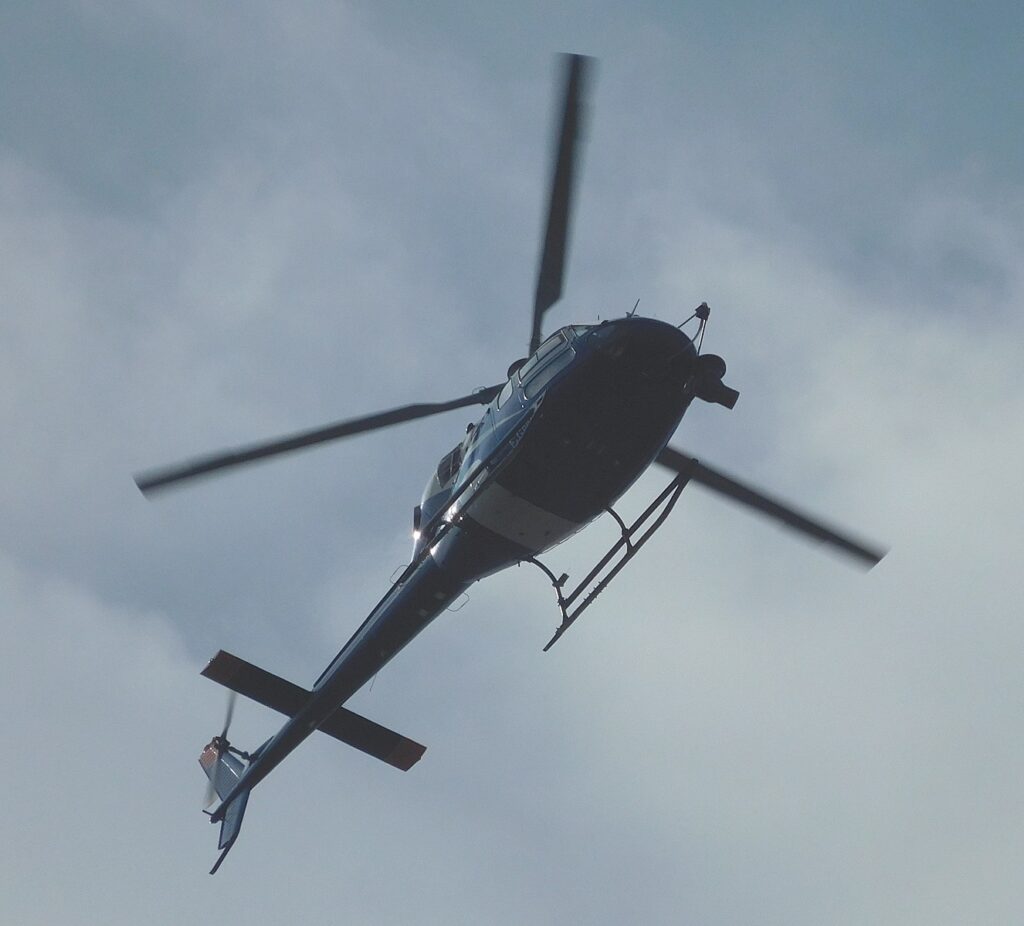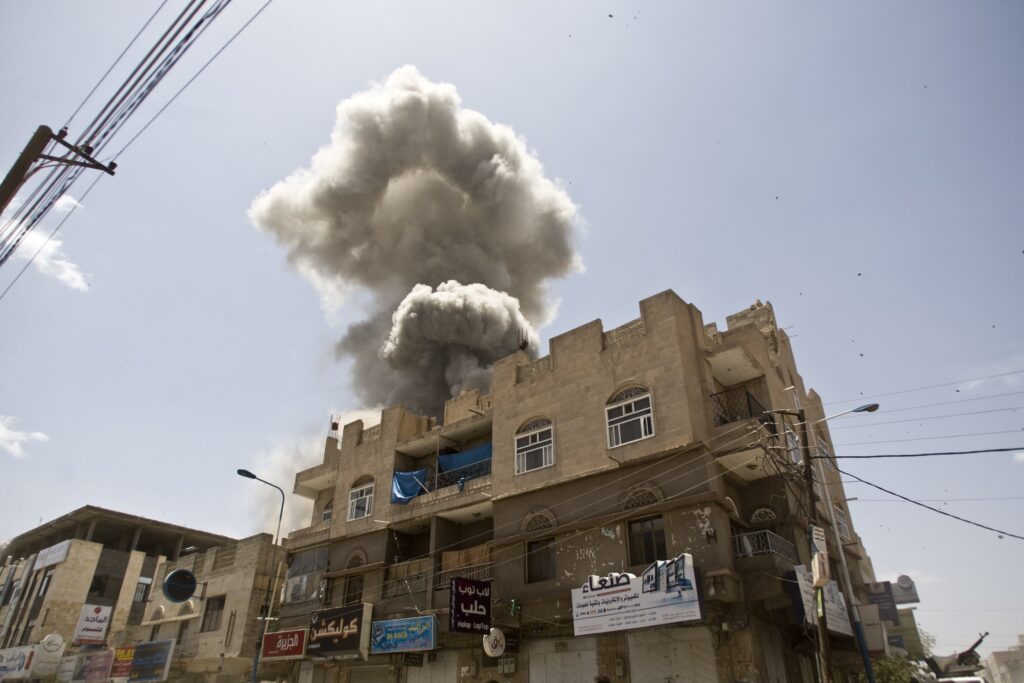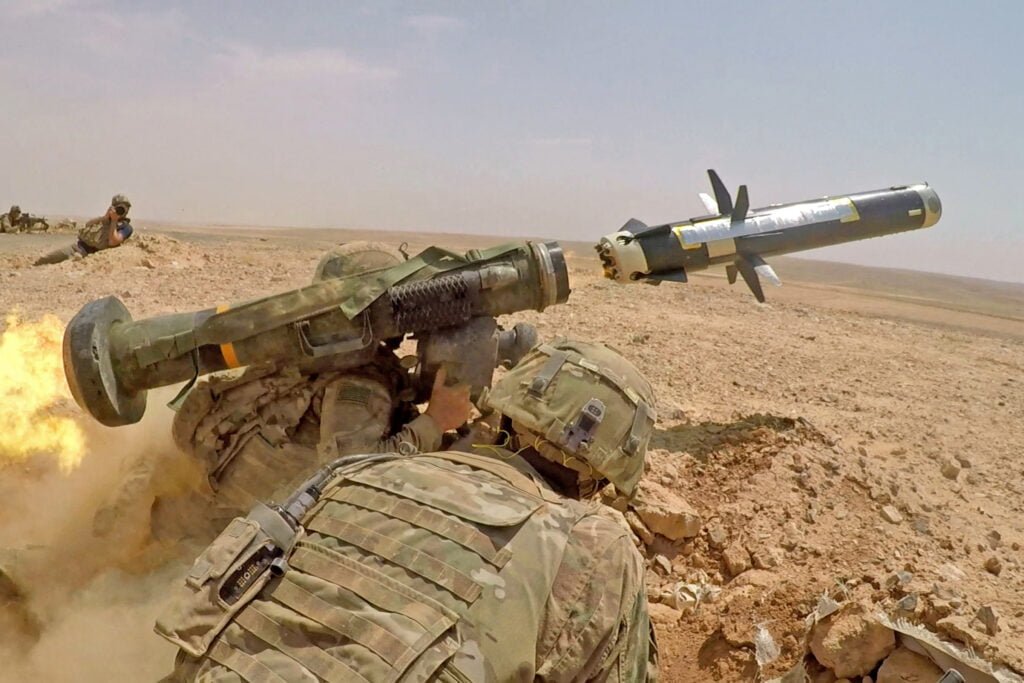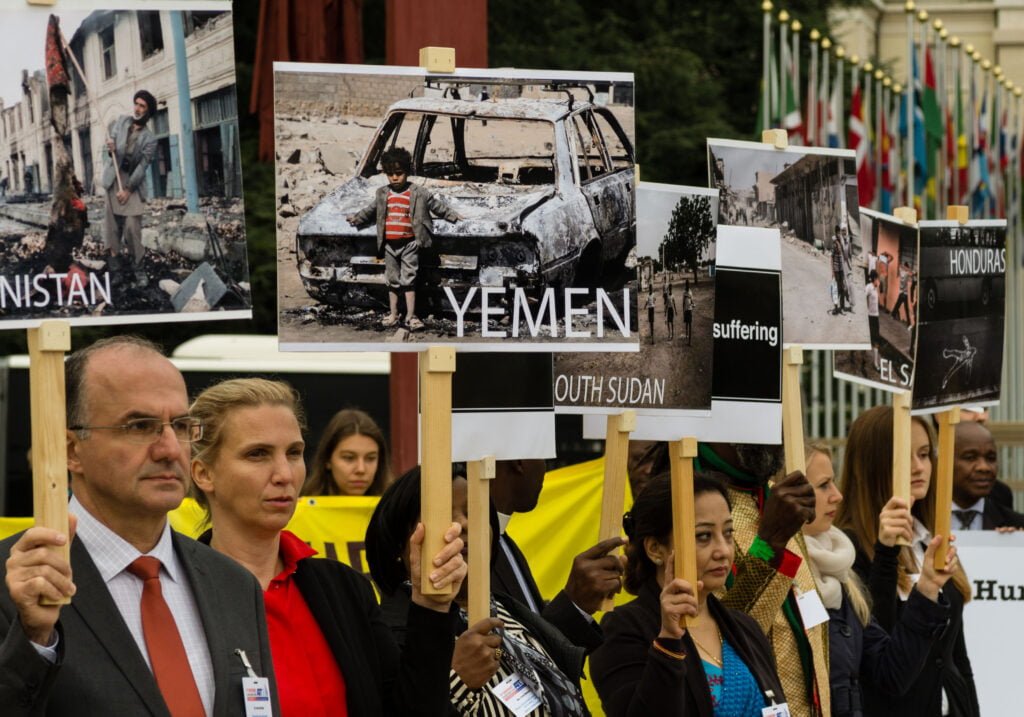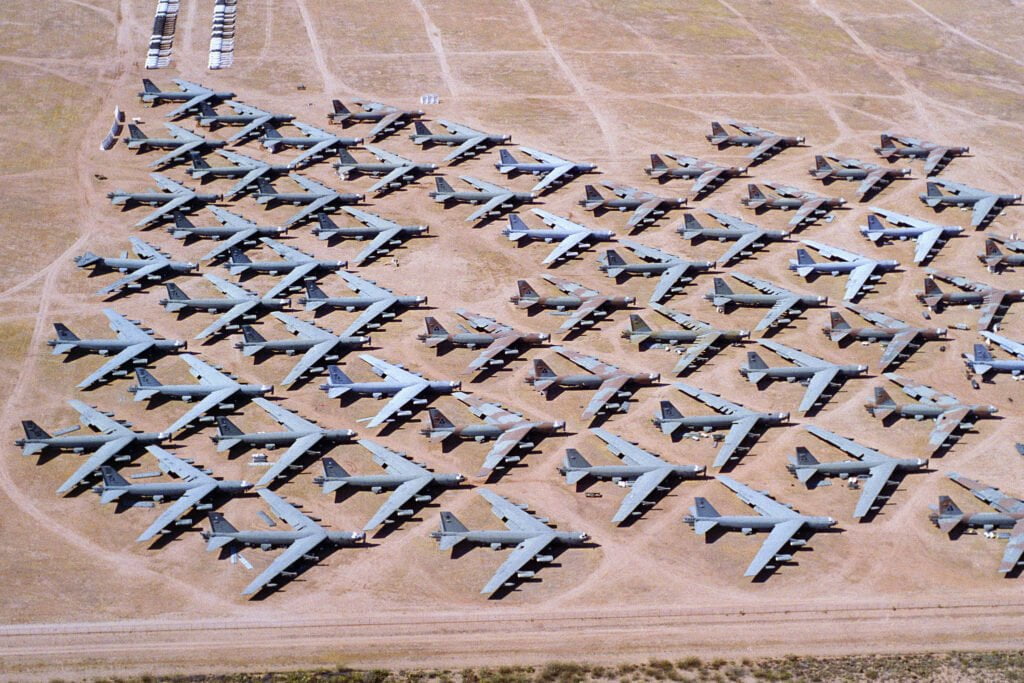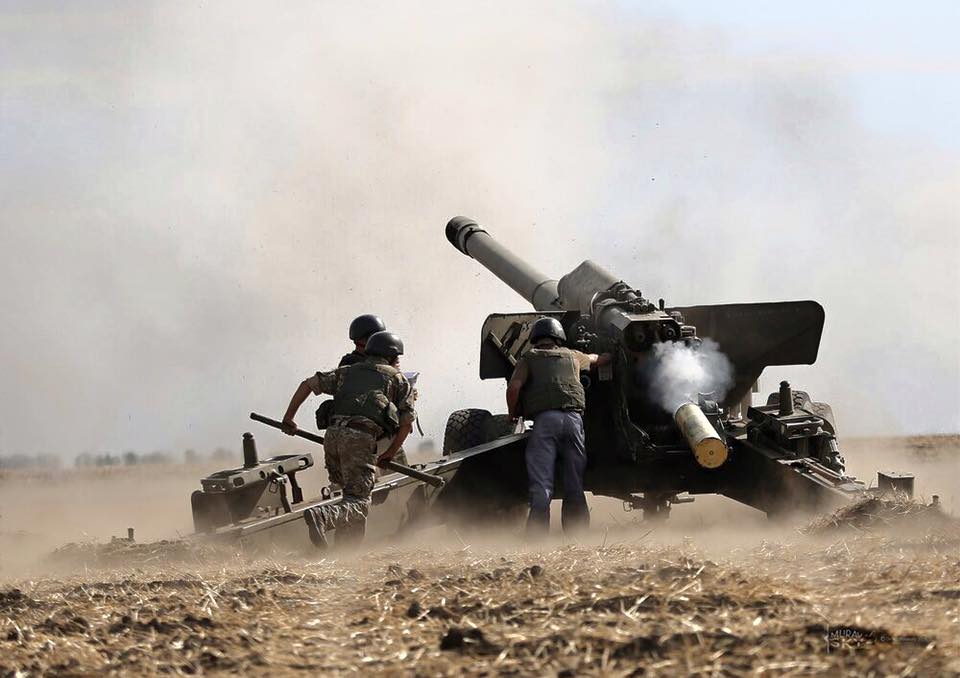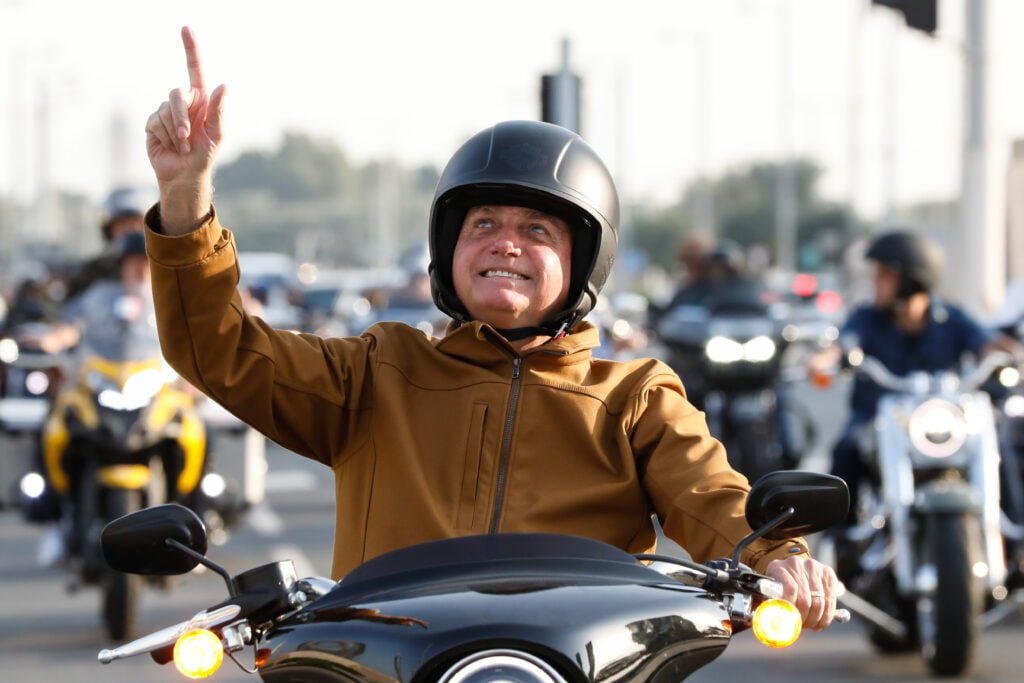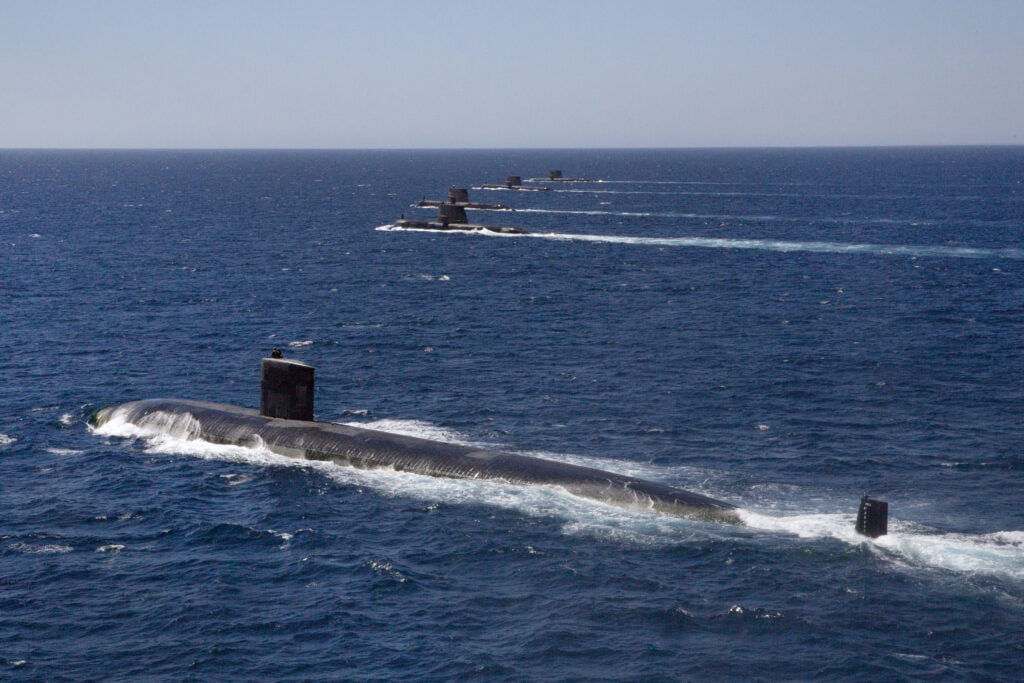We use cookies to improve your experience with Monash. For an optimal experience, we recommend you enable all cookies; alternatively, you can customise which cookies you’re happy for us to use. You may withdraw your consent at any time. To learn more, view our Website Terms and Conditions and Data Protection and Privacy Procedure.
Special Report: Weapons trade
Published on August 23, 2022 All over the world, weapons are bought and sold in massive numbers. : Michael Joiner, 360info CC BY 4.0
All over the world, weapons are bought and sold in massive numbers. : Michael Joiner, 360info CC BY 4.0
International relations pundits, who like to scent the air for the winds of change, will have their senses tuned to the United Nations Arms Trade Treaty Conference starting August 22 in Geneva. The world’s biggest exporter of arms, the United States, symbolically pulled out of the international agreement in 2019 under President Donald Trump. President Joe Biden has not yet shown much indication that he is ready to restart engagement. Russia appears to have low regard for the treaty, having neither signed nor ratified it. Meanwhile China acceded in 2020. Unusually for UN conferences, this makes China the biggest power at the table.
Much has been made of the Arms Trade Treaty, which aims to regulate the global flow of weaponry so that it can’t be used for human rights abuses. When it was signed in 2013, UN Secretary General Ban Ki Moon called it “an historic diplomatic achievement – the culmination of long held dreams and many years of effort”. But in the years since, it has been criticised for being undersubscribed, too lax and with too many loopholes. Experts fear that attempts to beef it up could turn more nations off than on.
But there is still much that can be done to ensure the treaty’s success. Incremental improvements can add up to perceptible change. Changes to reporting requirements, databases and fostering collaboration between customs organisations are just some of the ideas being explored to nudge the international community towards a more lawful exchange of weapons.
INTERACTIVE
REALITY CHECK
In 2021 world military expenditure reached US$2.113 trillion
The US sold $US1 billion in arms to Nigeria in April, even as lawlessness increased.
The Stockholm International Peace Reserach Institute measures the trade in arms in ‘trend indicator value’, a unit that expresses the deadly capability of an item in dollar terms. A tank, for example, has a higher TIV than a rifle. In 2021, roughly US$25 billion worth of TIVs were traded.
BIG IDEAS
Quote attributable to Owen Green, University of Bradford
It’s not all about ratifying the ATT. The principles and norms embedded in the treaty can still act to draw nations away from allowing illicit trades.
Quote attributable to Jadranka Petrovic, Monash University
Unless universal adoption comes, the ATT is likely to be viewed merely as a noble idea and somewhat a paper tiger
Quote attributable to Swaran Singh, Jawaharlal Nehru University and University of British Columbia
While expanding the number of signatories to the ATT may have its merit, it is perhaps time to focus on strengthening its efficacy amongst its signatory parties.
PERSPECTIVES
Interactive: who supplies and receives arms?
James Goldie, 360info
Every year, billions of dollars in weapons and other military equipment is shipped across the globe. Explore these transfers in our new interactive map.
The advocacy groups working to bring the Arms Trade Treaty to life
Jennifer L. Erickson, Boston College
Like all international agreements, the ATT has limited force. Civil society could help hold governments accountable to it.
United Nations arms treaty an example, not an answer
Owen Greene, University of Bradford
The Arms Trade Treaty can work best where it sidesteps the great powers’ strategic interests.
Arms conference puts trillion-dollar industry under the spotlight
Jadranka Petrovic, Monash University
The global trade in arms is worth more than two trillion dollars. A UN conference this week aims to bring more oversight to this deadly industry.
Arms Trade Treaty at risk of irrelevance
Swaran Singh, Jawaharlal Nehru University and University of British Columbia
If the Arms Trade Treaty’s many signatories reaffirm their commitment to the agreement’s aims, they could start to see real change.
UN arms trade treaty’s difficult first decade
Roderic Alley, Victoria University of Wellington
The United Nations Arms Trade Treaty has mixed success, but its aims remain worth supporting.
What jetskis, horses and gun-toting leaders have to do with international peace
Cristiane Lucena Carneiro, University of Sao Paulo
Global leaders who style themselves as military strong men may weaken United Nations negotiations over the trade in arms.
Can the ATT take any lessons from the new EU dual-use Regulation?
Veronica Vella, University of Liège
As nations meet to consider an international agreement on the trade in arms, lessons from the EU are ready to be learned.
How compromise unravelled the UN Arms Trade Treaty’s promise
Borja Álvarez Martínez
Born of compromises, the treaty’s attempt to satisfy all parties has led to it being toothless. How best to restore its bite?
Editors Note: In the story “Weapons trade” sent at: 26/08/2022 16:34.
This is a corrected repeat. Minor fix to map embed to facilitate sharing.


